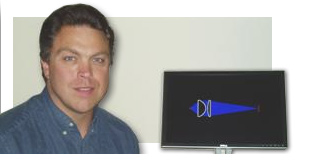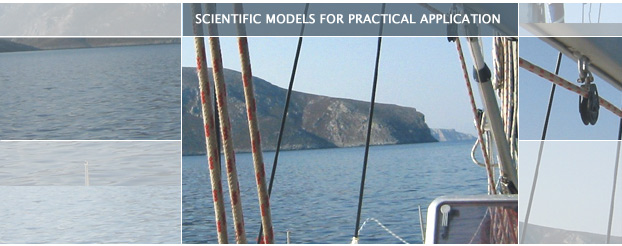 George Seward has over 20 years of experience as an engineer and a scientist. As a consultant he has applied his unique blend of art and science to the development of optical instruments for many biomedical companies. Development of a scientific model is a critical component of his work. Through application of scientific models to the art of production he develops optical instruments with consistent performance and minimum production cost. Numerous clients have praised his designs for ease of manufacture along with maximum performance. Elegant alignment procedures with generous tolerances are characteristic of his designs. Quality is his primary goal in any design project. George Seward is an author of more than 20 published articles within journals such as Applied Physics, Applied Optics, and Optical Engineering. George Seward has over 20 years of experience as an engineer and a scientist. As a consultant he has applied his unique blend of art and science to the development of optical instruments for many biomedical companies. Development of a scientific model is a critical component of his work. Through application of scientific models to the art of production he develops optical instruments with consistent performance and minimum production cost. Numerous clients have praised his designs for ease of manufacture along with maximum performance. Elegant alignment procedures with generous tolerances are characteristic of his designs. Quality is his primary goal in any design project. George Seward is an author of more than 20 published articles within journals such as Applied Physics, Applied Optics, and Optical Engineering.
His skills in optical design were initially applied to microscopes for processing of thin film materials. After successful development of optics for small worlds, he developed telescopes for detection of subpixel objects in larger worlds. Experience in subpixel detection provided a foundation for development of a practical mathematical model for sub-pixel contrast. Human vision has played an important role as the detector in several optical systems.
George Seward earned both Bachelor of Science and Master of Science at Tufts University in Medford MA. As an undergraduate, he completed a double-major in electrical engineering and applied physics, while earning membership to the engineering honor society Tau Beta Pi. Upon graduation with the honor of Magna Cum Laude, he received two prizes from the faculty: The N. Hobbs Knight Prize for Scholarship in Physics, and The Alex Elias Memorial Prize for Scholarship and Athletics.
As a graduate student, he developed skills in both the science of materials and the art of thin-film production. During his masters program, George Seward was a co-author of 12 articles on electro-chromic windows and related materials. He also received one patent for a thin-film ion conductor. Hughes Aircraft granted him a Howard Hughes Fellowship for his work on thin-film materials.
George Seward has traveled a unique path though a variety of fields within engineering and science. Consequently, he is especially qualified to develop a scientific model for practical application to the art of production.
|
